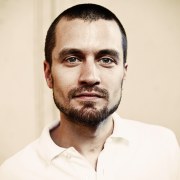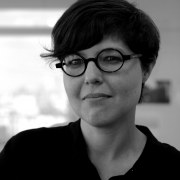Find this session's presentations here.
Involving children and teenagers in the decision making processes of our science centres and museums (our educational activities, exhibitions but also in the functioning of the café or what new activities should be implemented encourages ownership) triggers their interest and makes them active in their community and shows them how as community members, they can create change. However when putting in place initiatives such as children's boards we need to take into account that these projects do not take place in a vacuum. When embarking on such an adventure, depending on the scope of our project, we will face different constraints.
In this session we will explore different initiatives undertaken by our speakers and discuss how these activities can change our organisations. Should set prerequisites before putting in place such schemes? We will hear from speakers how they have been proving to children and teenagers that their input is taken into consideration. We will discuss the pitfalls in these cooperations and what we need to have in mind before attempting to give them such roles.




